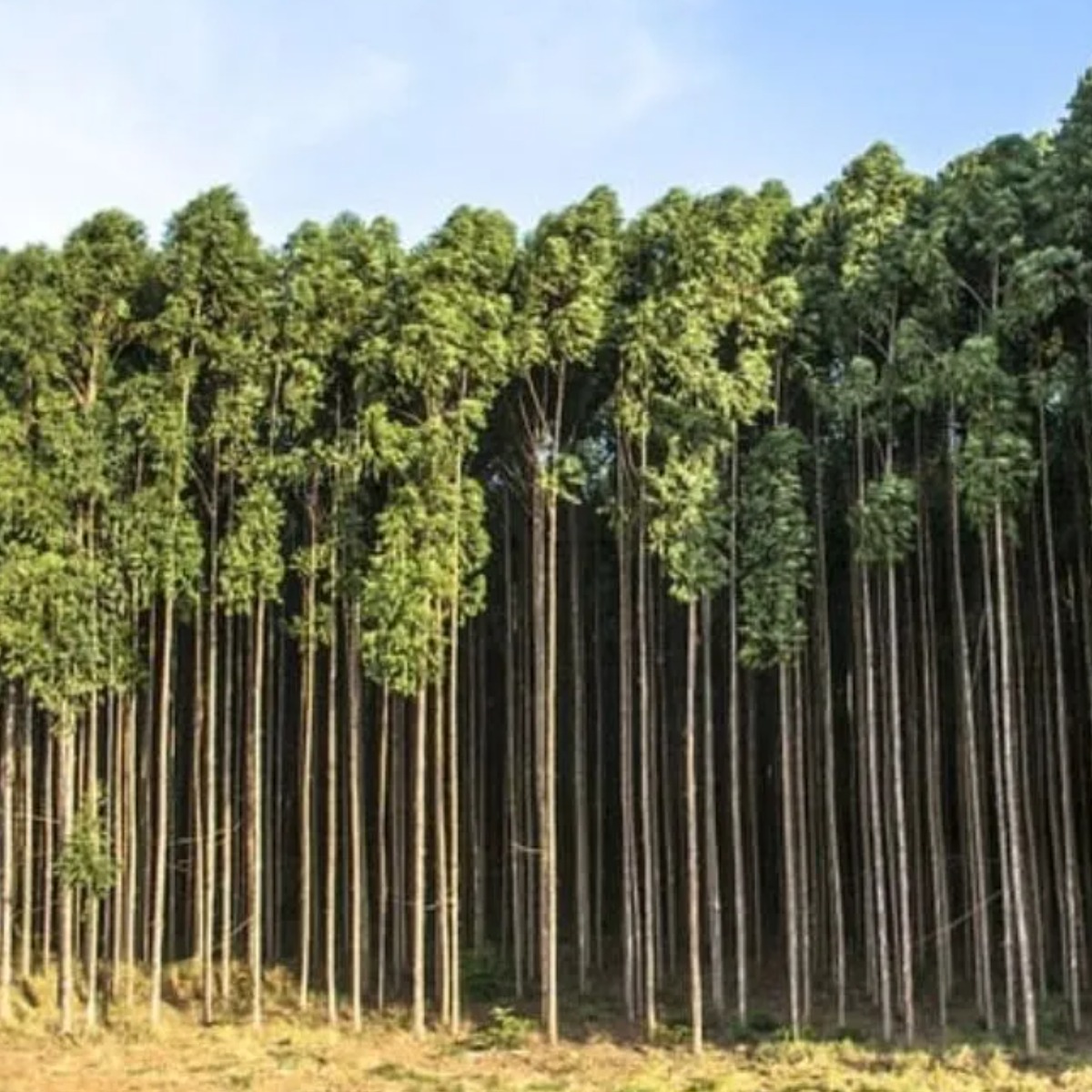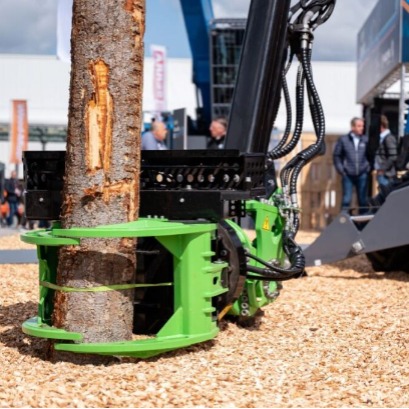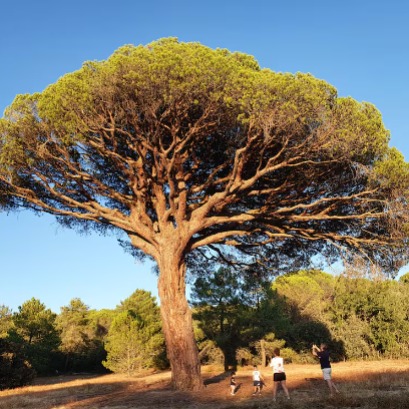
The tree that grows everywhere and extracts gold from the ground to release it by its leaves
According to a study, some trees have the unique ability to absorb soil minerals, including gold, which concentrate on their leaves and roots. There are trees with the surprising ability to extract soil minerals in a unique way. When feeding on the elements present in the field, some species can concentrate precious metals, such as gold, on their leaves and roots.
This natural phenomenon, which occurs in certain trees, has captivated scientists, who have discovered that even the most valuable metals can be absorbed by these plant species. We tell you a common tree which extracts gold from the ground. The tree that grows everywhere and extracts gold from the ground to release it for its investigators of the organization of scientific and industrial research of the Commonwealth (CSIRO) discovered that eucalyptus, a tree present in multiple ecosystems, have the ability to absorb gold from soil and transfer it to its leaves. Although gold does not have a biological function in eucalyptus trees, researchers have observed that minimal amounts of metal accumulate in their leaves, bark and branches, which could indicate the presence of gold deposits In the subsoil, how are these trees absorb gold? Eucalyptus are trees whose roots can spread up to 40 meters deep, explore arid soils in search of water and nutrients. In areas where the terrain contains small amounts of gold, these trees absorb metal particles along with groundwater ? Collection from the ground: the deep roots of eucalyptus reach layers of soil that contain gold in soluble (ionic),, especially in arid areas where groundwater is mixed with minerals ? Transport through the tree: gold is absorbed along with water and transported by the vascular system of the tree to the upper parts, such as leaves and branches. This transport occurs to sub-sexical concentrations for the plant ? Accumulation and release: gold accumulates in the leaves, where it can rush into microscopic particles or associate with calcium oxalate crystals. Subsequently, gold can return to the ground through the fall of leaves, branches or exudates of the leaves, how can the gold of eucalyptus be used? According to the study, the gold of the eucalyptus serves to: ? Detection of deposits of Buried Gold: Eucalyptus can absorb gold from deep underground deposits and transport it to their leaves, branches and cortex. This gold, released to the ground or present in the foliage, is analyzed to locate hidden mineral deposits ? More efficient and sustainable exploration: This biogeochemical approach allows to explore land where gold deposits are covered by layers of deep sediments (more than 30 meters ), without the need for invasive methods such as extensive perforations ? Use of gold in soil and plants samples: the gold that accumulates and then returns to the ground with the fall of leaves and branches helps to create detectable geological anomalies. These anomalies help explorers delimit areas rich in minerals for a more precise exploration
IT MAY INTEREST YOU
 Germany | The forest industry guides Ligna 2025 visitors for new paths towards greater efficiency of resources
Germany | The forest industry guides Ligna 2025 visitors for new paths towards greater efficiency of resources
Wood supply as raw material is essential for the world carpentry industry and wood processing, which will meet in Ligna 2025 in Hannover from May 26 to 30. As a reflection of this, the Forest Section of the world leading fair will show all aspects of the optimized methods for the use of wood. Modern -scale modern forest machinery, mobile sawmills, smart logistics and safe transport - such as technical pioneers in the use of wood as material and energy - will be the protagonists, together with the crucial efforts to preserve forests as a sustainable source of raw materials for future generations and prepare them for the challenges of the future.
 APICOFOM: 1947 al 2025
APICOFOM: 1947 al 2025
The 78th Anniversary of Apicofom finds us as a reference institution of the forest national industry, the result of a constant, coherent and responsible work. Almost 8 decades are reflected today in a solid present, with the legitimacy that supports us when promoting, proposing and implementing sectoral actions in all levels where public policies are decided.
 The only animal in the world that plant millions of trees every year and is vital for the conservation of nature
The only animal in the world that plant millions of trees every year and is vital for the conservation of nature
They play a crucial role in the conservation of forest ecosystems Nature is full of wonders and surprising processes that often go unnoticed. One of these phenomena is the ability of a small animal to plant millions of trees every year, playing a crucial role in the conservation of forest ecosystems.





















